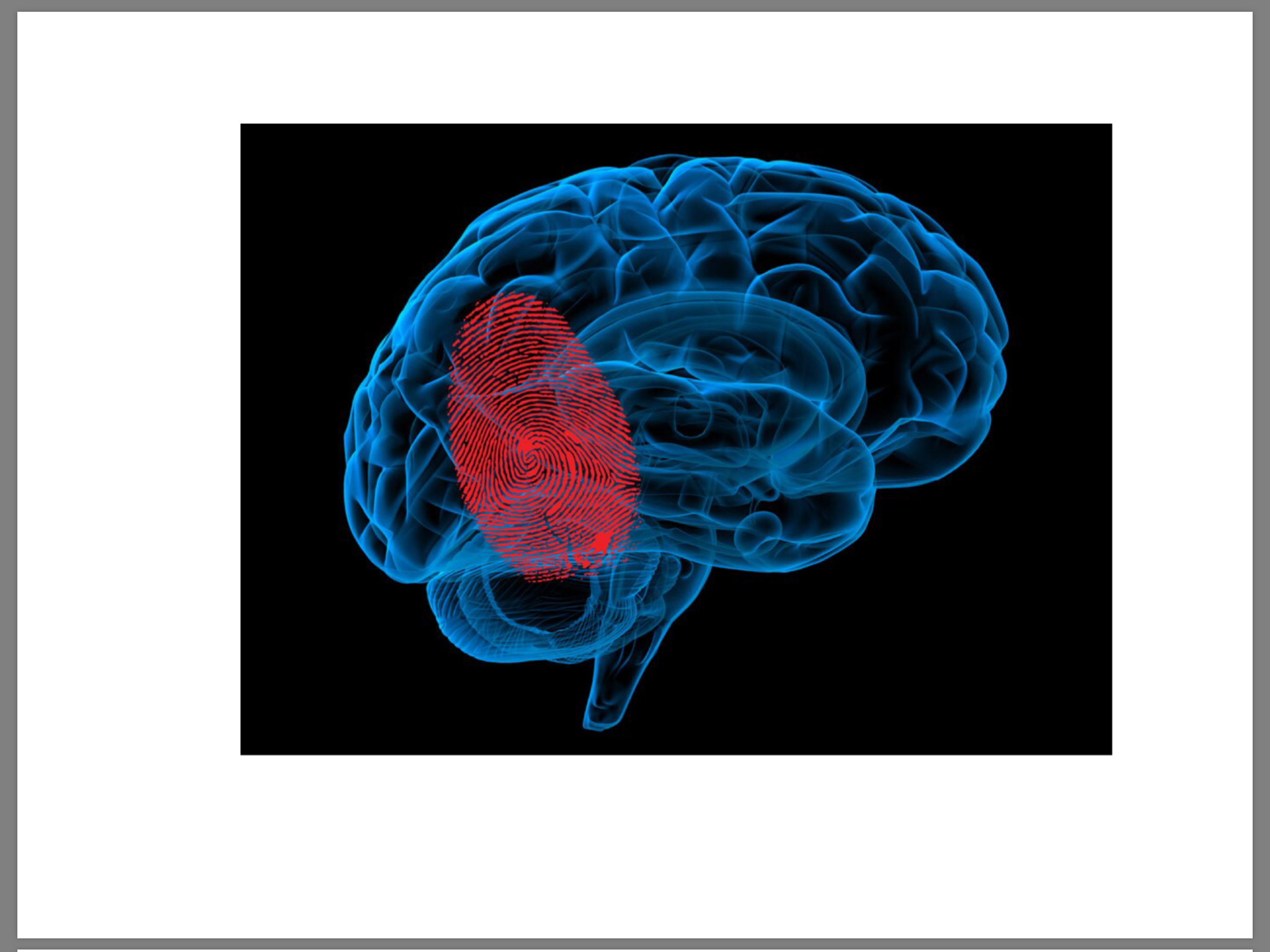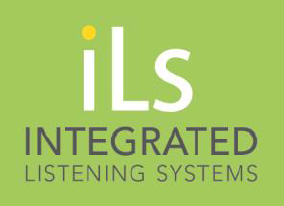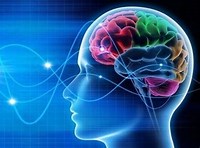Programs
Neurofeedback and Biofeedback
Your brain is as unique as your fingerprint with each brain demonstrating a high degree of individuality and flexibility. Each person’s brain anatomy is influenced by a wide range of factors including genes, personal experiences and their external environment. Neuroplasticity, which refers to the flexibility of the brain, allows the brain to change throughout a lifetime. It is the ability of the brain to grow, form and reorganize new connections within itself. This process is most obvious in response to learning, personal experiences we have and following an injury. Neurofeedback and biofeedback are the measurement of the body’s responses to physiological signals allowing you to better regulate emotions, control heart rate and breathing difficulties, relax muscles to reduce pain, increase focus and concentration and better manage stress.
During training, which typically includes a video display or game, healthy brain signals are rewarded by allowing the game or video to be fully functional. When signals shift to a less than optimal state, the process of playing or watching becomes more difficult necessitating the implementation of strategies learned throughout the biofeedback portion of the training program. A clear visual of your ability to control your brain’s production of brain waves in real time is produced. Utilization of these strategies in daily life when faced with less then optimal circumstances is the goal of the training.
All participants in neurofeedback training begin with a neuro-performance assessment. This assessment is designed to read the client’s brainwaves in order to identify their ability to relax and stay focused as well as their ability to respond to challenges associated with mental performance. This assessment helps in the development of the goals of Neurofeedback training for the individual client. Non-invasive techniques using real-time displays of brain activity (EEG), help to teach self-regulation of the brains’ functions based on the client’s needs. Neurofeedback and biofeedback help with the management of physical, emotional and mental health conditions allowing for the optimization of the brain’s ability to function in a more healthful and balanced manner.
Neurofeedback and biofeedback help to improve:
- focus and concentration
- sleep
- memory,
- ADHD challenges
- anxiety
- depression
- PTSD symptoms
- Headaches

Integrated Listening Systems (iLs)
iLs is an exercise program for improving brain and body function. The elements of iLs include music, movement and language, which facilitate the building of foundational supports for body organization. As the body becomes organized, so does the brain. With increased organization the brain is able to process more information from our environment, sustain attention and learn.
Clients who demonstrate delays and/or difficulties in any of the following areas benefit from the iLs program:
- Concentration/Attention/Memory
- Speech, Language
- Written Expression & Reading Comprehension
- Social Communication, Behavior
- Motor Skills
- Processing Speed
- Sensory Processing

Starting an individualized iLs program is very much like starting an exercise program. The process begins slowly and increases moderately as strength and endurance grow. Based on the fitness level within the brain, nervous system and body, iLs programs follow a neurodevelopmental sequence where the intensity of activities starts very simply and become more challenging as fitness improves. Fitness, in this sense, includes increased attention to task, better control of behaviors and emotions, improved balance and motor control, thinking before acting, and improved language and cognitive skills designed to support success in school and at work.
Equine Assisted Therapy
Equine therapy is a form of therapy that involves interaction between clients and horses. This program offers an innovative environment in which the therapist and client can identify and address a wide range of emotional and behavioral challenges. Equine therapy has been successful in helping clients improve emotional awareness, empathy, stress tolerance, impulse control as well as symptoms associated with ADHD, PTSD, trauma, autism and other conditions. Equine therapy is frequently used in conjunction with neurofeedback/biofeedback training to develop a comprehensive program for the client.

Peak Performance Training
Peak performance training is focused on understanding the factors that allow world-class athletes and organizations to excel consistently. In addition to athletic performance, various business fields, military pursuits and the performing arts also require the finely tuned psychological, emotional and physiological strengths of elite performers.
NASA based media technology used in conjunction with real time video footage provided by a small video recording device, allows the client to experience their own performance while wearing neurofeedback equipment. Virtual reality experiences are also utilized in this program.

